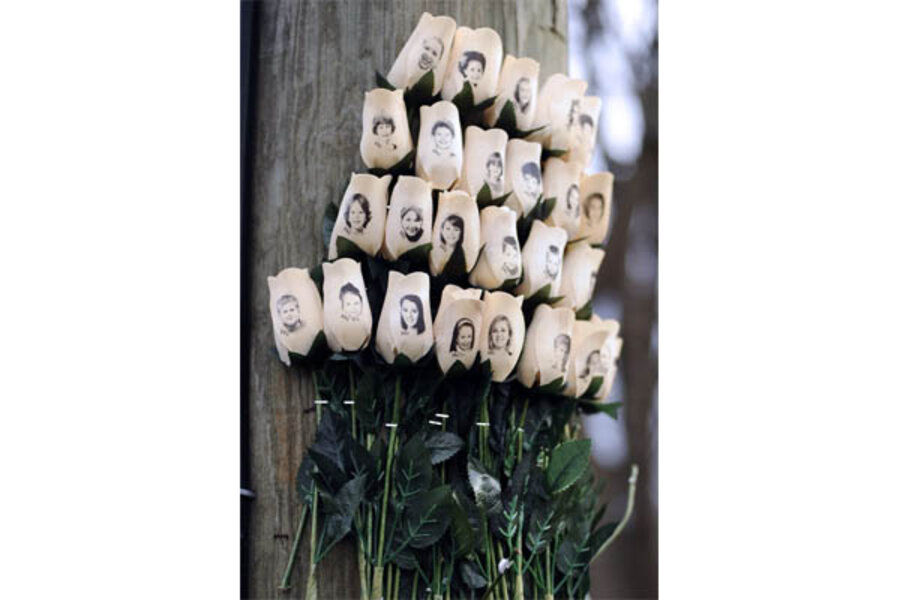Sandy Hook: Love in the form of 10,000 books
Loading...
After the shootings at Sandy Hook Elementary School in Newtown, Conn., last December, students and faculty at Slippery Rock University wondered what they could do. Then Alice Del Vecchio, assistant professor of professional studies at the Pennsylvania school, had an idea.
"What better way to celebrate young readers who were killed than to give the gift of reading to others?" she asked.
So Del Vecchio and the school's Student Nonprofit Alliance organized the "We Can Read!" book drive that ended last month. The drive collected and distributed more than 10,000 books nationwide.
“The project honors the children and their teachers and staff killed at Sandy Hook Elementary in a very special way," said Del Vecchio. "The children’s book drive will keep the spirit of those young readers alive and pass on the joy of learning to read to children far and wide.”
Participants were asked to purchase their favorite children's book, read it to a child, and then donate it to "We Can Read!" The books would then be sent to regional libraries, elementary schools, day care centers, and other similar programs for children.
Del Vecchio got the idea when she watched an interview with a parent of a child killed in the school shootings. He was saying that his daughter Emilie had recently learned to read, and enjoyed sharing stories with her siblings. It occurred to Del Vecchio that sharing books with children nationwide would be a wonderful way to honor the young readers of Sandy Hook.
The Pittsburgh Post-Gazette picked up the story in December at the beginning of the drive. "Even if you've never been a parent or a teacher, you learned how to read," Del Vecchio told the Post-Gazette. "You remember sitting on somebody's lap and feeling safe. And then the first time you could read the story all by yourself, remember how excited you were."
According to the Slippery Rock student newspaper The Rocket, the drive has collected and distributed more than 10,000 books nationwide. More than 21 individuals and organizations across the country also organized their own "We Can Read!" or similar book drives. Those books have also been distributed to schools across the country.
The "Read Kansas City" initiative joined on for the months of January and February and collected about 6,000 books. The Connecticut PTA also signed on, and urged other PTAs across the state to participate as well.
The Slippery Rock effort culminated with the sending of Valentine's Day cards to the Sandy Hook school and Emilie's parents.








